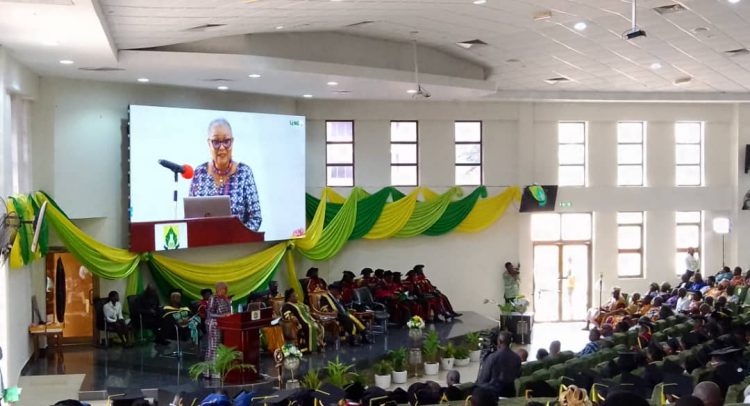
Huawei Technologies is urging the domestic mining industry to accelerate the adoption of digital solutions, warning that failure to do so would leave it at risk falling behind global competitors in efficiency, safety, and sustainability.
Speaking at the Green Future Mining Summit in Accra, Huawei Ghana Managing Director, Jason Cao said digitalisation should no longer be treated as an afterthought in the sector. Instead, he said, technology must become a defining element of the country’s mining growth model.
“The convergence of digitalisation and green energy is no longer optional. It is a necessity if mining is to remain competitive and sustainable,” Mr. Cao told delegates.
He added that his outfit is well-positioned to serve as a strategic partner to the country’s extractive sector, as it unveiled proposals centred on 5G connectivity, artificial intelligence (AI), cloud computing and microgrid solutions.
The initiative is intended to provide mining enterprises with the infrastructure and tools required to modernise operations, improve efficiency and reduce their environmental footprint.
The timing coincides with global shifts in both energy and mining. According to the International Energy Agency (IEA), the energy sector now accounts for nearly 40 percent of global CO? emissions, with mining and metals production among the most carbon-intensive industries.
Meanwhile, the World Bank estimates that demand for critical minerals such as cobalt, graphite and lithium will rise by more than 500 percent by 2050 under a net-zero scenario, placing unprecedented pressure on resource economies.
The summit, jointly organised with the Association of China–Ghana Mining, brought together policymakers, industry leaders, technical experts and service providers.
It created a platform for open discussions on the design of ‘intelligent mines’ that integrate renewable power, automation and digital management systems.
Huawei proposed what it called ‘integrated, one-stop’ microgrid solutions that would combine renewable energy with intelligent load management.
Globally, microgrid investment is forecast to grow from US$ 30 billion in 2023 to US$60 billion by 2030, as such systems gain increased relevance.
Mr. Cao explained that these could lower energy costs for operators, reduce dependence on fossil fuels and provide greater resilience for mining communities located off the national grid.
The Ghana Chamber of Mines lent support to the conversion, with its chief executive, Dr. Kenneth Ashigbey, highlighting the importance of technology adoption but cautioning that it must be underpinned by a stable and predictable policy environment.
“The capital commitments required for green and intelligent mining are long-term in nature. Investors will only deploy such resources if they can rely on consistent regulatory frameworks,” he said.
Chairman of the Association of China–Ghana Mining LBG, Tang Zhenjiang, stressed that the transition towards greener and safer mining was an unavoidable global trend.
He noted that the mining industry worldwide is undergoing “an unprecedented and profound transformation,” citing how automation and digitalisation have already reduced labour intensity and improved safety in China, Australia and South Africa—three of the world’s top five mining economies.
Participants observed that the significance of the summit went beyond technology demonstrations. It reflected an emerging consensus that Ghana’s mining sector, which accounted for almost 60 percent of merchandise export earnings in 2024, must diversify its value proposition.
Beyond foreign exchange, participants believe the industry must showcase leadership in sustainability and innovation as part of its social licence to operate.
The post Huawei pushes for swift digital adoption to drive green, intelligent mining appeared first on The Business & Financial Times.
Read Full Story
















Facebook
Twitter
Pinterest
Instagram
Google+
YouTube
LinkedIn
RSS